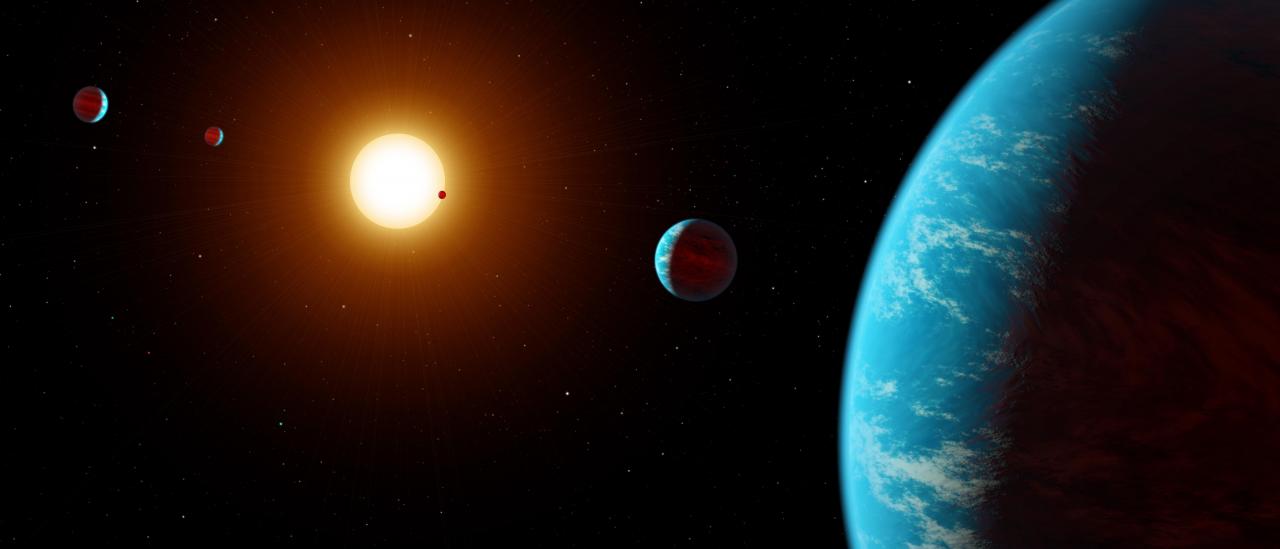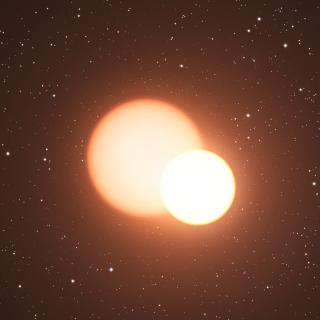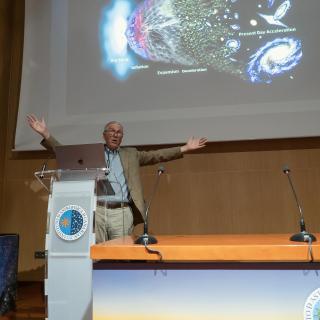International research, led by the Instituto de Astrofísica e Ciências do Espaço (IA) and with the participation of the the Instituto de Astrofísica de Canarias (IAC), has confirmed the discovery of five exoplanets in the same planetary system, two of them similar to Mercury. The finding provides clues about how these unusual, very high-density planets form. The study is published today in the journal Astronomy & Astrophysics.
An international science team has found a system orbiting the cool star HD 23472 with three super-Earths and two super-Mercuries. "We wanted to observe this planetary system to characterize the composition of small planets and to study the transition between having or not having an atmosphere, which could be related to the evaporation of the atmosphere due to the irradiation of the star," explains Susana Barros, researcher at the Instituto de Astrofísica e Ciências do Espaço’s (IA) who led the study. “Surprisingly, the team found that this system is composed of three super-Earths with a significant atmosphere and two Super-Mercuries, which are the closest planets to the star.”
The five planets in the HD 23472 system, three of which with masses smaller than the Earth, are among the lightest exoplanets whose masses were measured using the radial velocity method. This technique detects tiny variations in the velocity of a star in the line of sight due to the motion induced by an orbiting planet. The discovery was made possible thanks to the very high precision of the ESPRESSO spectrograph mounted on the Very Large Telescope (VLT) at the European Southern Observatory (ESO) in Chile.
The enigmatic origin of super-Mercuries
Super-Earths and super-Mercuries are the higher mass analogs of the Earth and Mercury in terms of composition. They differ in that super-Mercuries have a bigger iron content (and iron core). These types of exoplanets are very rare. In fact, only eight are known, counting the two recently discovered ones.
Mercury is one of the densest planets in the Solar System and it is not known why it has a relatively larger and more massive core than the Earth and other planets in our planetary system. Some possible explanations involve a giant impact which removed part of the planet’s mantle or, because Mercury is the hottest planet, its high temperature could have evaporated part of its mantle. The discovery of other dense, Mercury-like planets around other stars is key to understanding the formation of such objects.
In fact, the discovery of two super-Mercuries in the same planetary system, instead of one, offers scientists a revealing picture. “For the first time, using the ESPRESSO spectrograph, we have discovered a system with two super-Mercuries. This helps us to understand how these planets were formed," says Alejandro Suárez, researcher at the IAC and co-author of this study. "The possibility of a large impact to create a Super-Mercury is already very unlikely, two giant impacts in the same system seems very improbable.”
“Understanding how these two super-Mercuries have formed will require further characterization of the composition of these planets," comments Jonay González,researcher at the IAC co-author of this study. "The future Extremely Large Telescope (ELT) and its first generation high resolution spectrograph ANDES, will provide for the first time both the required sensitivity and precision to probe the composition of their surface, or the existence and composition of a potential atmosphere.”
For the team, this is just a first step towards their ultimate goal: finding another Earth. “The existence of an atmosphere would give us insight into the formation and evolution of the planetary system and also has implications on the habitability of planets. We would like to extend this type of study to longer period planets which have more amenable temperatures”, concludes Barros.
Article: S. C. C. Barros et al: “HD 23472: A multi-planetary system with three super-Earths and two potential super-Mercuries”, Astronomy & Astrophysics, 2022. DOI: https://doi.org/10.1051/0004-6361/202244293
Contact at the IAC:
Jonay I. González Hernández, jonay.gonzalez [at] iac.es (jonay[dot]gonzalez[at]iac[dot]es)
Alejandro Suárez Mascareño, asm [at] iac.es (asm[at]iac[dot]es)







